$22.8bn Hutchison ports deal makes time for Chinese investor
After troubled months and long overruns, buyers discuss inviting ‘major strategic investor’ to placate regulators.
A new major Chinese investor may join BlackRock and MSC’s bid to purchase CK Hutchison’s port interests, the seller said in a filing on Monday.
A Reuters report claims that COSCO Shipping is looking to join the consortium of buyers.
The latest announcement from CK Hutchison noted the expiry of the exclusive negotiation window with the consortium, but said the company remains in communication with potential buyers to invite a “major strategic investor” from China to join as “a significant member of the consortium”.
Hutchison said there would need to be changes to both the structure of the sale and the membership of the buyer consortium in order for a transaction to be capable of being approved by all relevant authorities.
One of the largest deals in the sector’s history, the $22.8bn buyout of Hutchison’s ports by a consortium led by MSC’s Terminal Investment Limited (TiL) and US investor BlackRock has faced snags in multiple jurisdictions since it was announced in March.
The deal became the focus of geopolitical tensions, particularly around the sale of ports on either side of the Panama Canal after US president Donald Trump vowed to “take back control” of the Canal from Chinese interests. Hong Kong’s leader added to resistance to the deal from Beijing, and Chinese authorities announced an investigation into the sale. Authorities in Panama said earlier this year that they planned to file lawsuits over the renewal of Hutchison’s port leases in Panama in 2021.
The CK Hutchison deal was initially due to conclude on 2 April, 2025.
CK Hutchison said it “has stated on several occasions that it will not proceed with any transaction that does not have the approval of all relevant authorities.”
The shape of the transaction proposed in March excluded any of the group’s ports held under Singapore-listed Hutchison Ports Holding Trust, including all of its ports in China. The divestment of Hutchison’s 90% stake in Panama Ports Company was separated from the sale of Hutchison Ports and its 80% stake in 43 international ports.
Hutchison received several offers for its Panama ports ahead of the deal’s announcement, a local port operator told Seatrade Maritime News earlier this year. Now that the exclusivity period with the BlackRock-TiL consortium is over, the opportunity arises for other investors to make offers on Hutchison’s port assets.
On top of the geopolitical significance of major international ports changing hands, the eventual owner of Hutchison’s ports will be of keen interest to the container shipping market. The transfer of Panama Ports Company and other major global ports from the market neutrality of Hutchison to an investor with an interest in a container line, such as MSC, could present a buyer with a strategic advantage over its competitors. Carrier-owned terminals have been more commonplace in recent years as container lines invested post-pandemic profits into strategic assets.
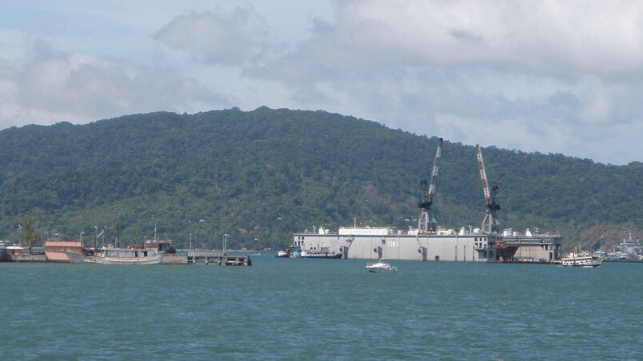
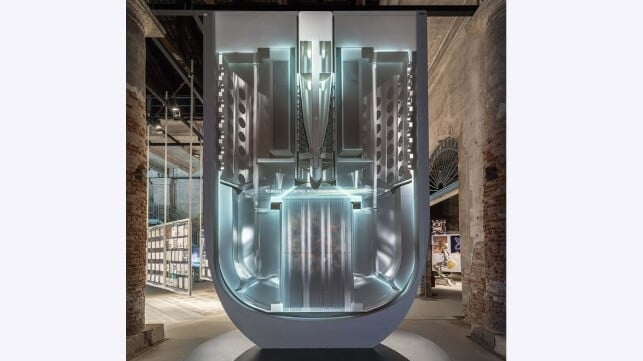

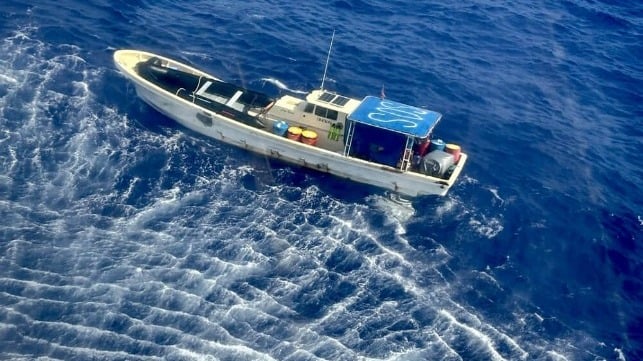
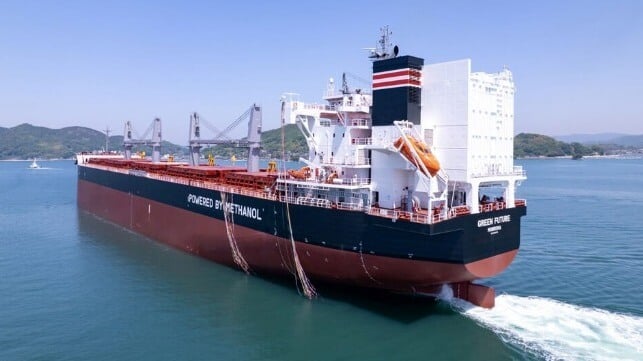

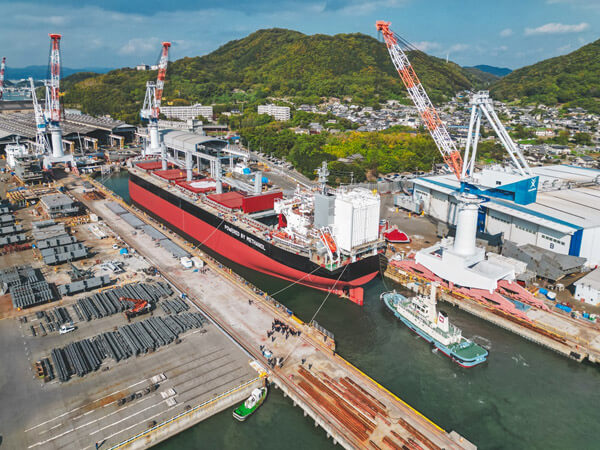

 n
the modern shipping industry, operational resilience goes beyond
seaworthy vessels and capable crews. It’s about the digital backbone
powering every function of a fleet—from safety and compliance, to
maintenance, procurement, crewing, and more.
n
the modern shipping industry, operational resilience goes beyond
seaworthy vessels and capable crews. It’s about the digital backbone
powering every function of a fleet—from safety and compliance, to
maintenance, procurement, crewing, and more.